By David C. Swedelson, Esq. and Mark Petrie, Marketing Coordinator at SwedelsonGottlieb, Community Association Attorneys
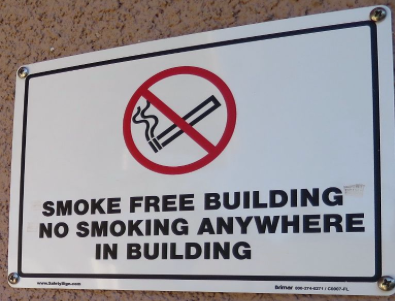 Complaints about secondhand smoke are increasing, and many associations are looking for options for dealing with the issue. Many boards want to propose an amendment to the association’s governing documents but are concerned about enforcement, as they know that there are some smokers living at their associations.
Complaints about secondhand smoke are increasing, and many associations are looking for options for dealing with the issue. Many boards want to propose an amendment to the association’s governing documents but are concerned about enforcement, as they know that there are some smokers living at their associations.
If your development is made up of several detached buildings, each of which contain multiple units, you may want to consider an innovative alternative – amending the governing documents to allow the owners of each individual building to self-determine that their building will be smoke free! We did this for one of our clients, setting up a process by which the owners of a building can unanimously apply to the board for designation as a permanently smoke-free building.





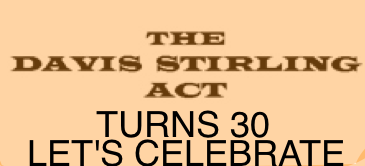 Much has changed over the last 30 years. In 1985, the Dow Jones industrial average was at 1500. The Internet’s domain name system was created, and its first domain name was registered. The cost of a gallon of gas was 93 cents. Ronald Reagan was our President. The world was a different place. In 2015, the Dow Jones Industrial Average is now at about 18,000, there are hundreds of millions of active Internet domain names, and the cost of a gallon of gas is… well, that subject is complicated. More significant to the common interest development (“CID”) industry, the Davis-Stirling Common Interest Development Act, known as the Act, was born 30 years ago.
Much has changed over the last 30 years. In 1985, the Dow Jones industrial average was at 1500. The Internet’s domain name system was created, and its first domain name was registered. The cost of a gallon of gas was 93 cents. Ronald Reagan was our President. The world was a different place. In 2015, the Dow Jones Industrial Average is now at about 18,000, there are hundreds of millions of active Internet domain names, and the cost of a gallon of gas is… well, that subject is complicated. More significant to the common interest development (“CID”) industry, the Davis-Stirling Common Interest Development Act, known as the Act, was born 30 years ago.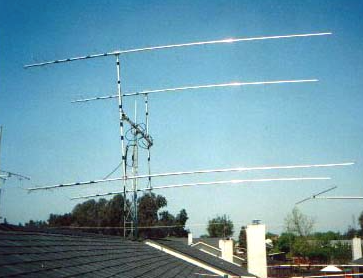 Federal legislators are still trying to pass new law that would allow HAM radio antenas to be installed at homeowners associations despite any restrictions on same in an association’s CC&Rs. We addressed this in a blog post in September of 2014;
Federal legislators are still trying to pass new law that would allow HAM radio antenas to be installed at homeowners associations despite any restrictions on same in an association’s CC&Rs. We addressed this in a blog post in September of 2014; 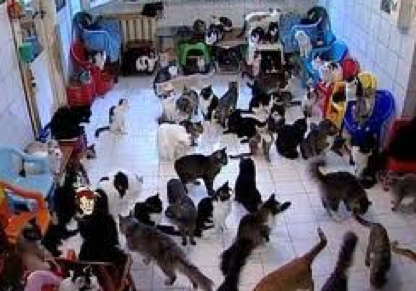 The Los Angeles Times reports that
The Los Angeles Times reports that 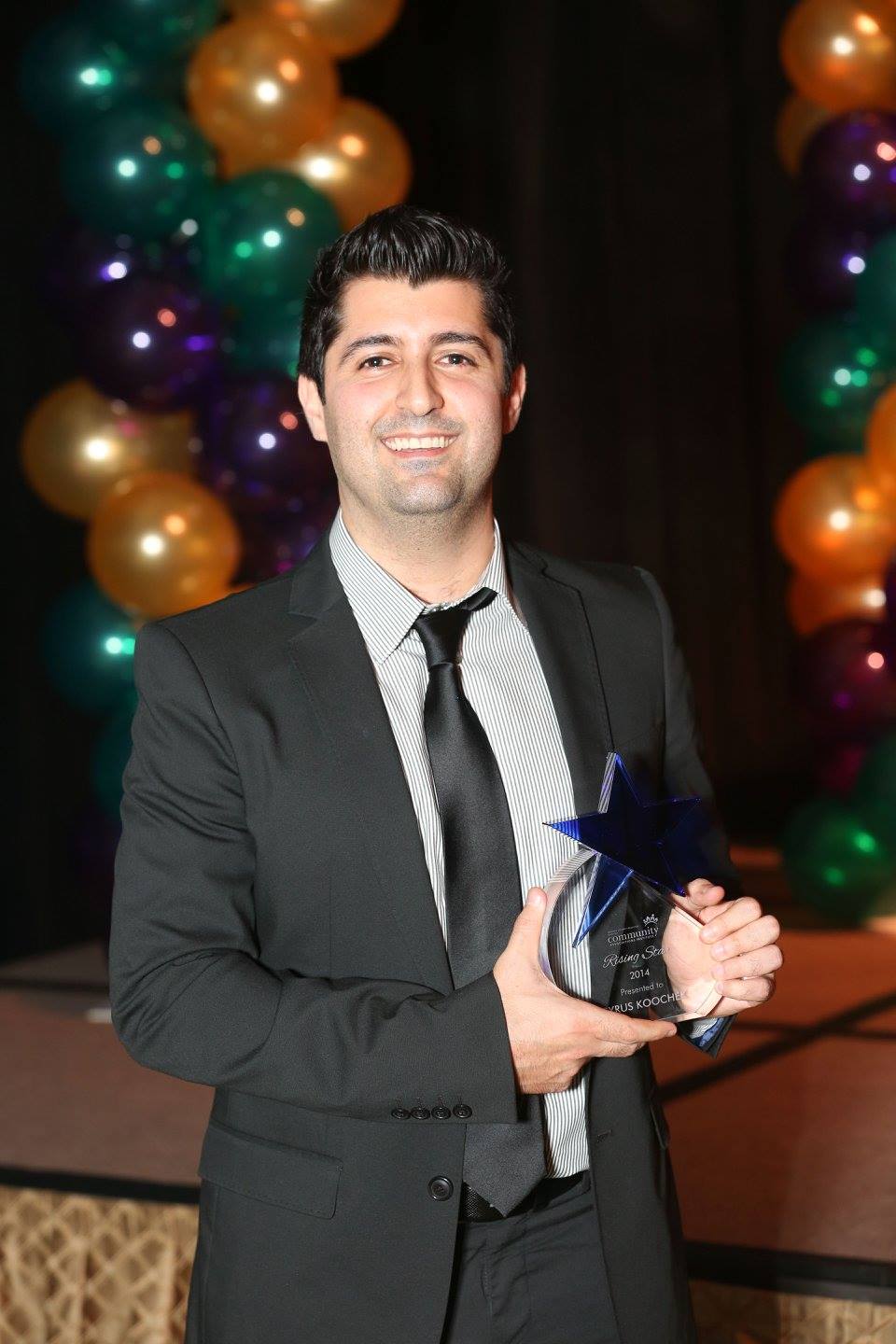 On February 6, the Orange County Regional Chapter of Community Associations Institute honored SwedelsonGottlieb’s Associate Attorney Cyrus Koochek with its Rising Star award. The award is given to new members of the chapter in recognition of the member’s volunteer service and commitment to the chapter’s goals. Cyrus served on the chapter’s programs committee in 2014 and looks forward to continued success with the chapter this year.
On February 6, the Orange County Regional Chapter of Community Associations Institute honored SwedelsonGottlieb’s Associate Attorney Cyrus Koochek with its Rising Star award. The award is given to new members of the chapter in recognition of the member’s volunteer service and commitment to the chapter’s goals. Cyrus served on the chapter’s programs committee in 2014 and looks forward to continued success with the chapter this year.
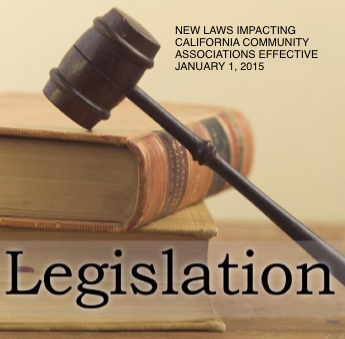 There was not a lot of new legislation in 2014 impacting California Community Associations, and what changes there were seemed to be focused on dealing with the drought. There were also changes to the law relating to solar energy systems, the ability of residents to grow fruits and vegetables in their backyards, to bring their attorney to an IDR meeting, and defining responsibility for the repair and/or replacement of exclusive use common area.
There was not a lot of new legislation in 2014 impacting California Community Associations, and what changes there were seemed to be focused on dealing with the drought. There were also changes to the law relating to solar energy systems, the ability of residents to grow fruits and vegetables in their backyards, to bring their attorney to an IDR meeting, and defining responsibility for the repair and/or replacement of exclusive use common area.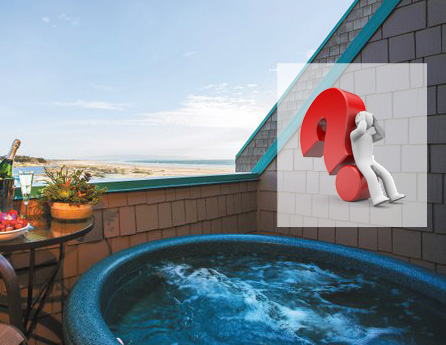 Since the inception of the Davis-Stirling Act in 1985, there has been confusion regarding owner vs. association responsibility for the repair or replacement of exclusive use common area. AB 968, legislation sponsored by the
Since the inception of the Davis-Stirling Act in 1985, there has been confusion regarding owner vs. association responsibility for the repair or replacement of exclusive use common area. AB 968, legislation sponsored by the 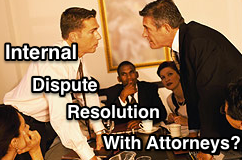 AB 1738 is new law that amends Civil Code Sections 5910 and 5915 and makes two major changes to the requirements of internal dispute resolution (IDR) meetings held between an association’s board and its members. We opposed the adoption of AB 1738 (like just about everyone else who works with California HOAs) and discussed the reasons why in our
AB 1738 is new law that amends Civil Code Sections 5910 and 5915 and makes two major changes to the requirements of internal dispute resolution (IDR) meetings held between an association’s board and its members. We opposed the adoption of AB 1738 (like just about everyone else who works with California HOAs) and discussed the reasons why in our